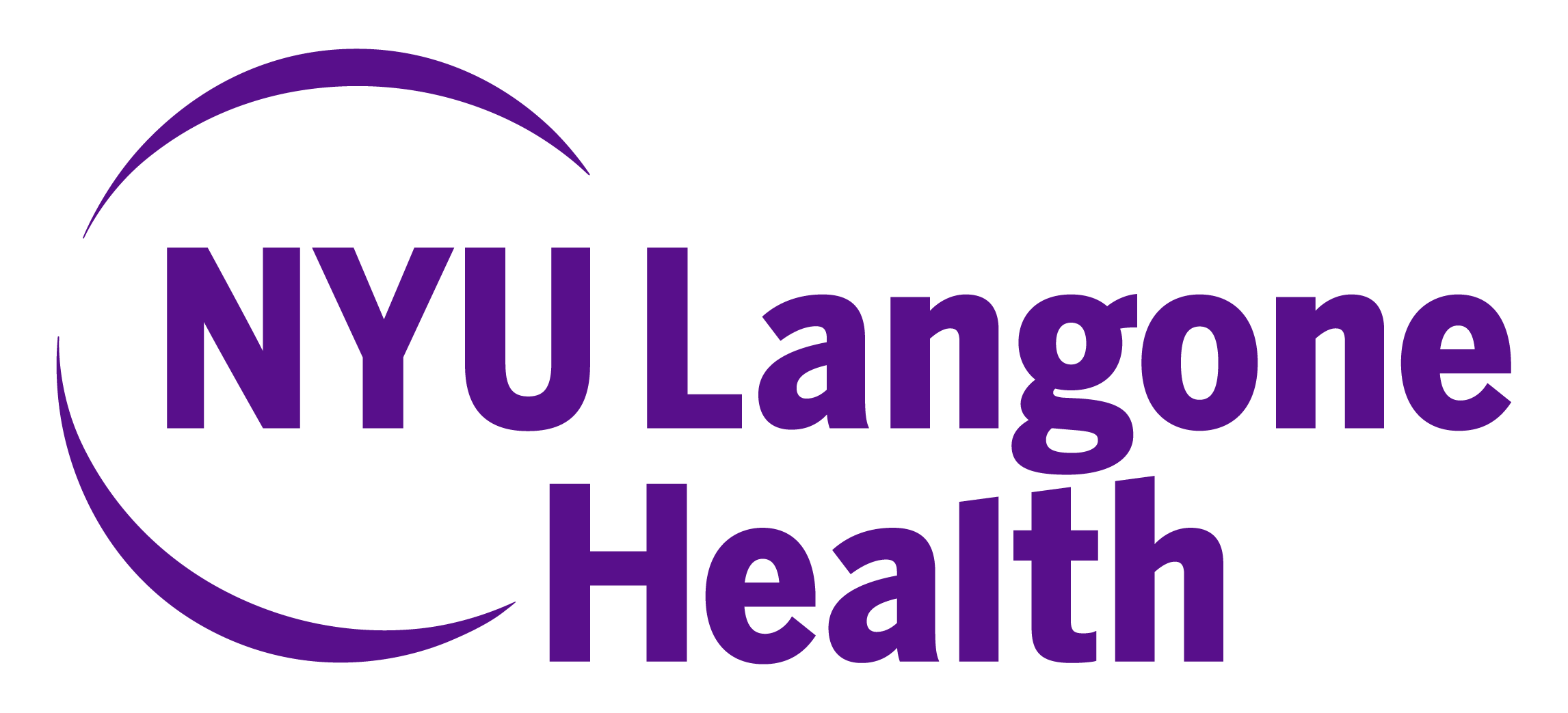- Advertise
- About OncLive
- Editorial Board
- MJH Life Sciences brands
- Contact Us
- Privacy
- Terms & Conditions
- Do Not Sell My Information
2 Clarke Drive
Suite 100
Cranbury, NJ 08512
© 2025 MJH Life Sciences™ and OncLive - Clinical Oncology News, Cancer Expert Insights. All rights reserved.
Dr. Morgan on the Differences in Low- and High-Risk Multiple Myeloma
Gareth J. Morgan, MD, PhD, discusses differences in low- and high-risk multiple myeloma.
Gareth J. Morgan, MD, PhD, professor, Department of Medicine, NYU Grossman School of Medicine, director, Multiple Myeloma Research, Perlmutter Cancer Center, NYU Langone Health, discusses differences in low- and high-risk multiple myeloma.
Risk is a continuous spectrum from low to high in multiple myeloma, Morgan explains. Therefore, it is possible to have a patient with high-risk multiple myeloma that has standard natural history, but shortened progression-free survival and overall survival, Morgan explains.
Patients with ultra high–risk disease have a different natural history compared with patients with low-, standard- or high-risk multiple myeloma, Morgan continues. Patients with ultra high–risk multiple myeloma tend to have highly proliferative disease with circulating plasma cells and extramedullary disease, Morgan says. Additionally, these difficult-to-treat patients tend to relapse soon after treatment, Morgan concludes.


